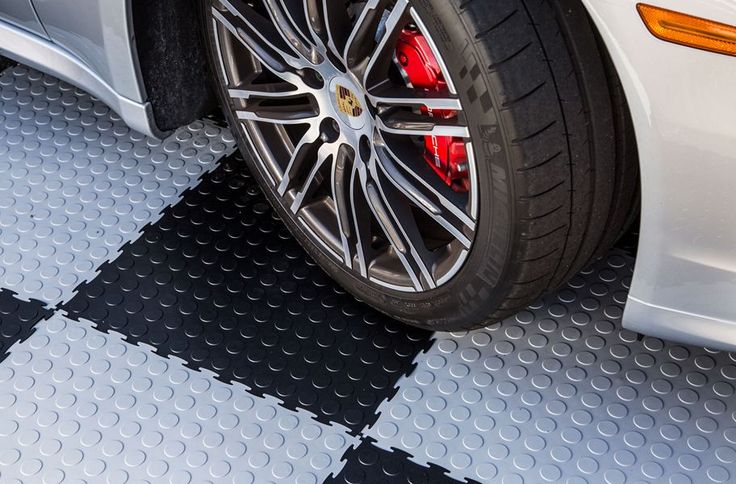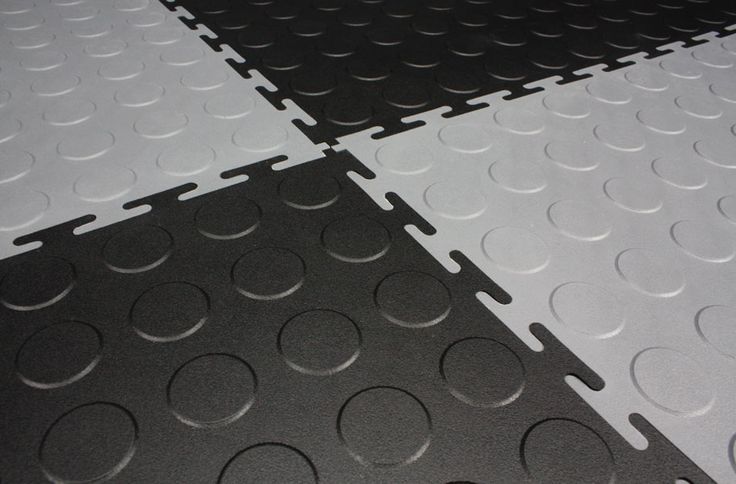Table of Contents
Toggle
Rubber Interlocking Mats Sustainability
Rubber interlocking mats have gained popularity in recent years due to their versatility and durability. These mats are commonly used in gyms, playgrounds, garages, and other high-traffic areas. While they offer several benefits, it is essential to consider their environmental sustainability and their impact on recycling efforts.
Rubber interlocking mats are typically made from recycled rubber materials, such as old tires. By repurposing these materials, these mats help reduce waste and minimize the environmental impact of discarded rubber products.
The use of recycled rubber also reduces the demand for virgin rubber, which requires significant amounts of energy and resources to produce.
One of the main advantages of rubber interlocking mats is their long lifespan. These mats are designed to withstand heavy use and can last for many years without significant wear and tear.
This longevity reduces the need for frequent replacements, which in turn reduces the demand for new rubber products. By extending the lifespan of rubber, these mats contribute to the conservation of natural resources and the reduction of waste.
In addition to their durability, rubber interlocking mats are often designed with a modular system, allowing for easy installation and removal.
This feature makes them highly reusable and adaptable to changing needs. When a mat becomes damaged or reaches the end of its lifespan, it can be easily replaced or repurposed for other applications. This flexibility further reduces waste and supports recycling efforts.

Furthermore, rubber interlocking mats are highly resistant to moisture, chemicals, and UV radiation. This resistance ensures that the mats keep their structural integrity and performance even in harsh environments. As a result, they need minimal maintenance and do not need to be replaced often.
This aspect of rubber interlocking mats significantly reduces the amount of waste generated compared to other flooring options that may deteriorate quickly and need to be replaced more often.
Recycling efforts are also positively affected by the nature of rubber interlocking mats. When a mat does reach the end of its life, it can be recycled and transformed into new rubber products.
The recycling process involves shredding the rubber material and separating it from any impurities. The resulting rubber granules can then be used to produce various items, including new interlocking mats, rubberized asphalt, or even athletic tracks.
Additionally, the use of recycled rubber in manufacturing new products reduces the demand for virgin rubber. This reduction in demand helps preserve natural rubber resources, which are primarily harvested from rubber trees.
The cultivation and harvesting of rubber trees can have negative environmental impacts, such as deforestation and habitat destruction. By using recycled rubber, the need for such practices is minimized, leading to a more sustainable rubber industry.
It is important to note that not all rubber interlocking mats are created equal in terms of environmental sustainability. Some manufacturers prioritize using recycled rubber materials, while others may use a combination of recycled and virgin rubber. It is essential for consumers to research and choose products from manufacturers that prioritize sustainability and environmentally friendly practices.
To further enhance the environmental sustainability of rubber interlocking mats, proper disposal and recycling methods should be encouraged. When a mat reaches the end of its life, it should be recycled rather than sent to a landfill. Many recycling facilities and programs accept rubber products and ensure that they are properly processed and transformed into new materials.
By promoting responsible disposal and recycling practices, the impact of rubber interlocking mats on the environment can be minimized.
In conclusion, rubber interlocking mats offer several benefits in terms of environmental sustainability and recycling efforts. By using recycled rubber materials, these mats reduce waste and conserve natural resources.
Their durability and modular design contribute to their long lifespan and adaptability, further minimizing waste generation. When they eventually reach the end of their life, rubber interlocking mats can be recycled and transformed into new rubber products, reducing the demand for virgin rubber.
However, it is crucial for consumers to choose products from manufacturers that prioritize sustainability and to promote responsible disposal and recycling practices. By considering these factors, the environmental impact of rubber interlocking mats can be effectively managed, supporting a more sustainable future.
